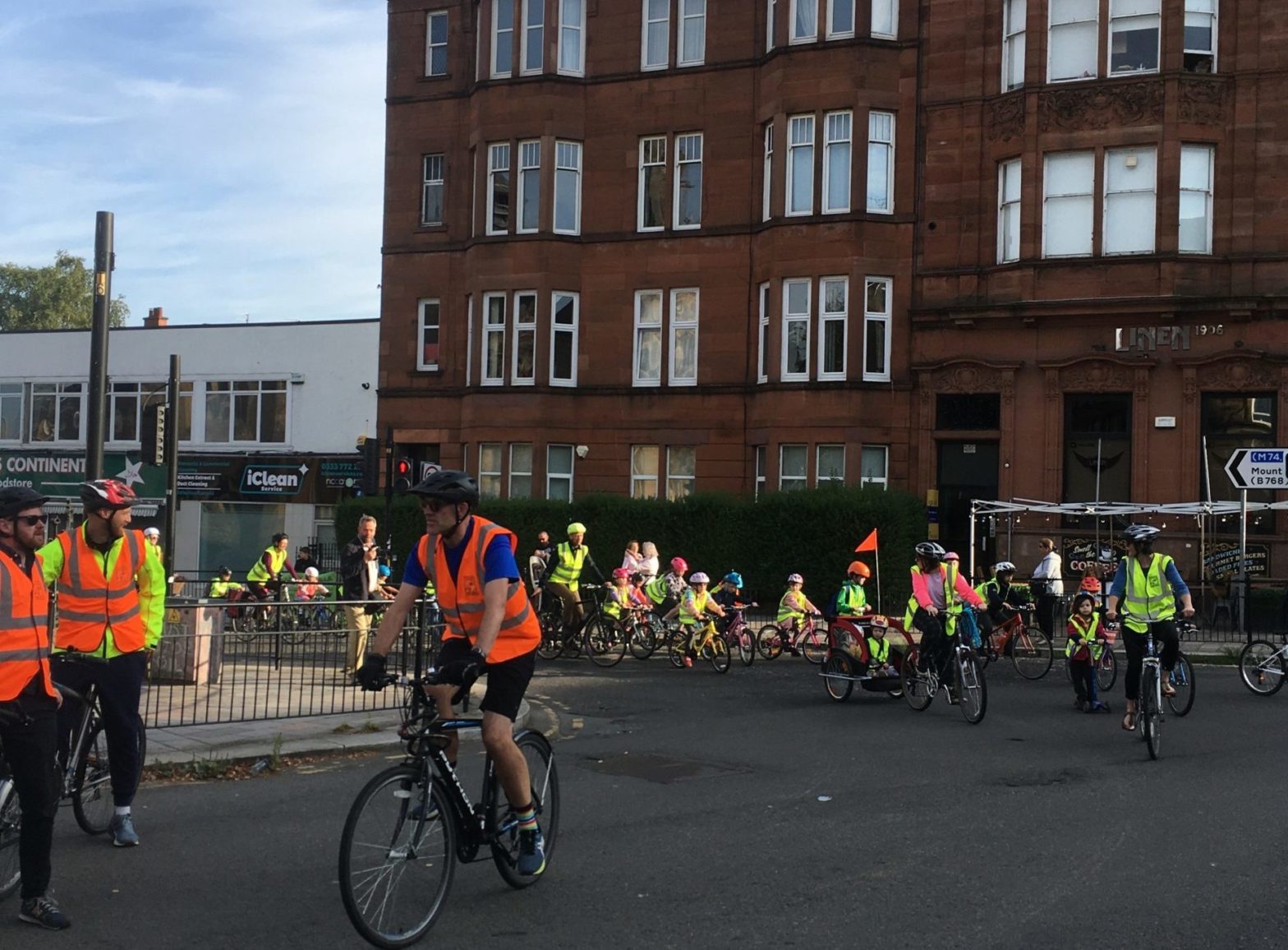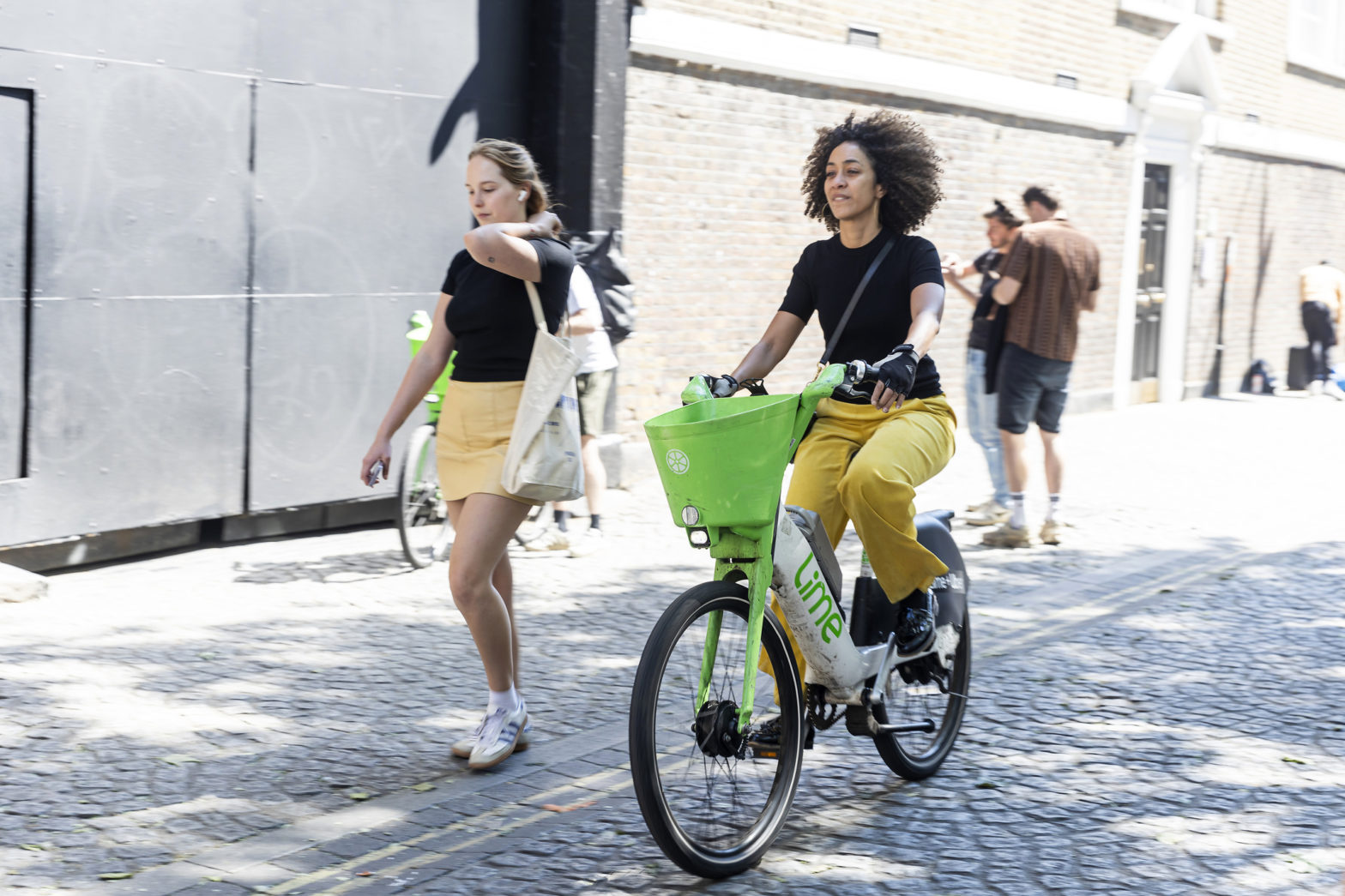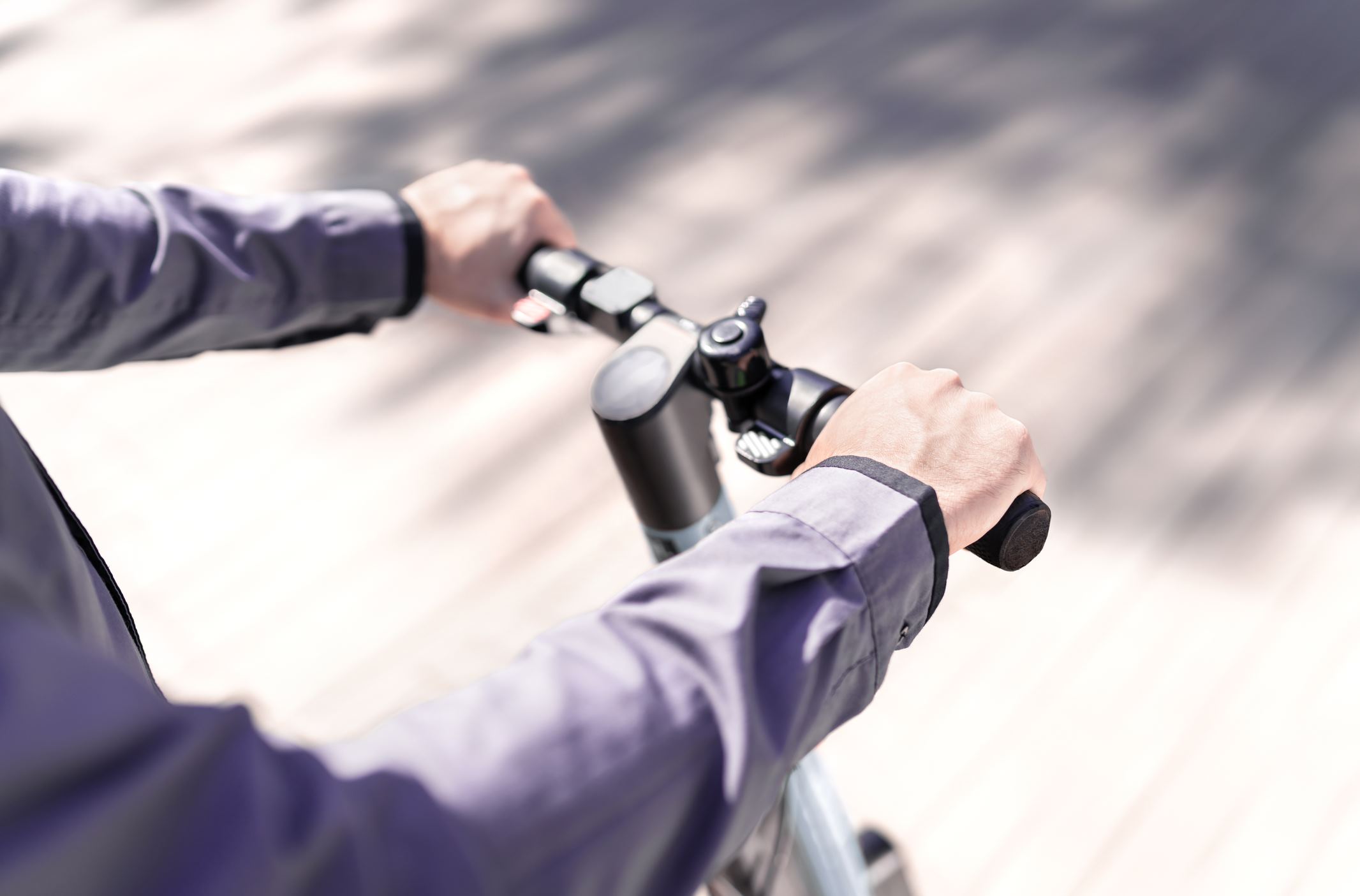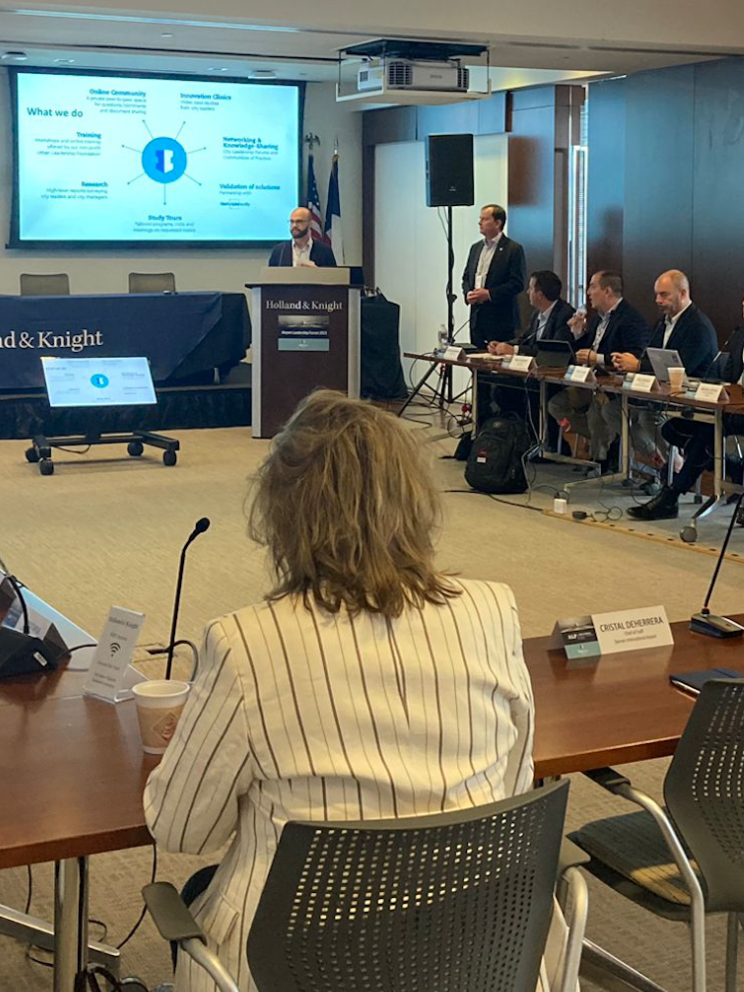
Photo: Bike 3
Glasgow trials technology that halts traffic for school bikes
06 September 2022
by Christopher Carey
Glasgow City Council has run its first test of a wireless technology that helps a ‘bike bus’ of schoolchildren cross busy junctions safely.
Working with UK-based firm Sm@rt Technology, the “ultra-smart cycle system” is mounted on the lead rider’s bike and uses an encrypted signal that initiates a longer 45-second pause at traffic lights to allow the children more time to navigate junctions.
Councillor Angus Millar, Glasgow City Council’s Climate Convenor, said: “We are always looking for new and innovative ways to provide safe, active travel routes for everyone and I am delighted that council colleagues were able to offer a solution to this problem in a very short space of time, during the school break.
“Making cycling a safe, easy and attractive option for people and especially young people is at the heart of our efforts to promote sustainable transport.
“This bit of kit is a fairly simple solution to a road safety problem that is probably experienced in cities up and down the country and I hope that what we’ve developed for Glasgow can be replicated to help similar bike bus schemes.”
The smart technology, believed to be the first of its kind in the UK, is only accepted by the control unit – mounted on a traffic pole – on Friday mornings between 8.30am and 9.00am, when the bike bus escorts up to 60 children from the local area along a prescribed route to a nearby school.
Gareth Johnson, one of the organisers of the bike bus, said: “Ultimately we’d like safe segregated cycle infrastructure so all children in Glasgow that want to can safely cycle to school, but in the interim, we are extremely grateful to the council for providing this new bit of technology.
“The junction is really busy and with a lot of young children on our bike bus giving us that little bit of extra time to safely navigate the junction is a game-changer for us.”
Decrease in cycling
Just 13.1 percent of adults cycled at least once a month in the year to November 2021 – the lowest recorded rate since the cycling survey began in 2015/16.
Separate statistics from the National Travel Survey (NTS) found that in 2021, the number of cycle trips per English resident within Great Britain decreased by 27 percent compared with 2020, and were also down seven percent compared with 2019.
The number of car journeys in 2021 was up four percent compared with 2020, but still 23 percent lower than in 2019.
Commenting on the NTS results, Sally Copley, Executive Director of External Affairs at walking and cycling charity Sustrans, said: “It’s simple – [this] data shows that if we want more people to walk, wheel and cycle, then the way we get around must be safe, accessible, and appealing.
“During the pandemic, when there were fewer cars on the road, the public took to their bikes. It’s sad to see this return to expensive and pollutant car use, especially as the urgency for alternatives has only increased, alongside the cost of living.
“We can see many people walk 20 minutes or more at least once a week.
“To capitalise on this, it’s essential to plan neighbourhoods where what people need is within a 20-minute return walk, particularly benefiting women who do more trips by walking than men.”







